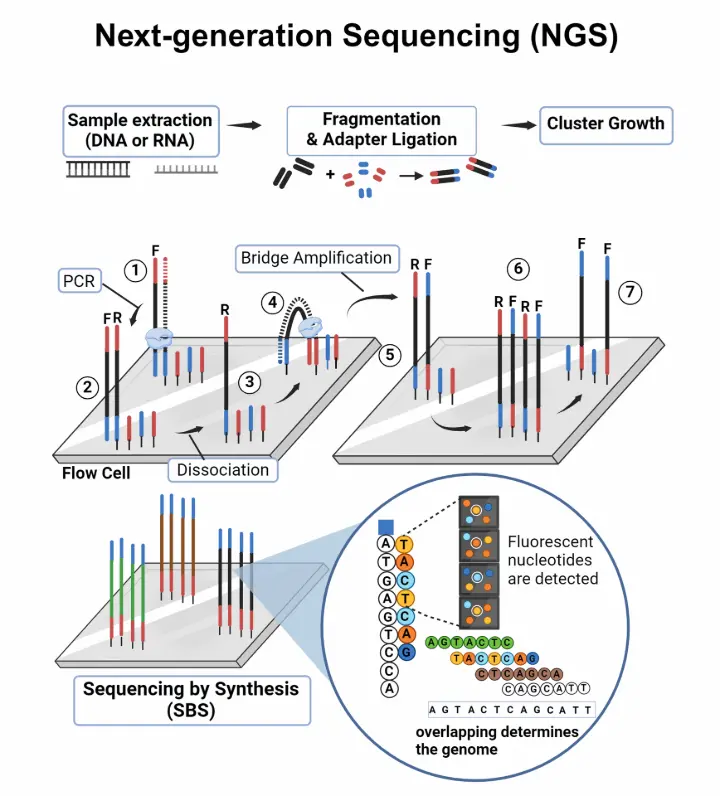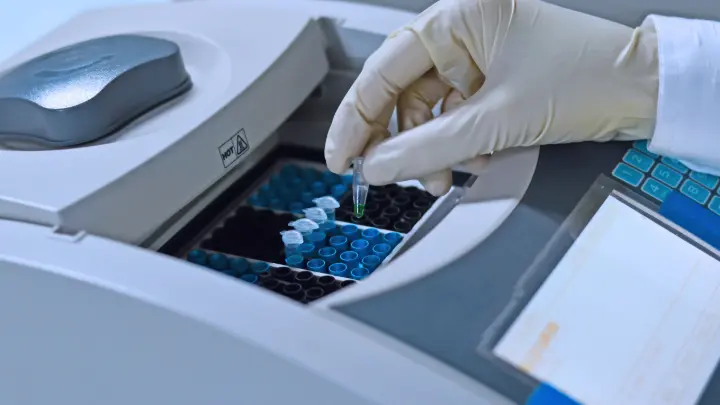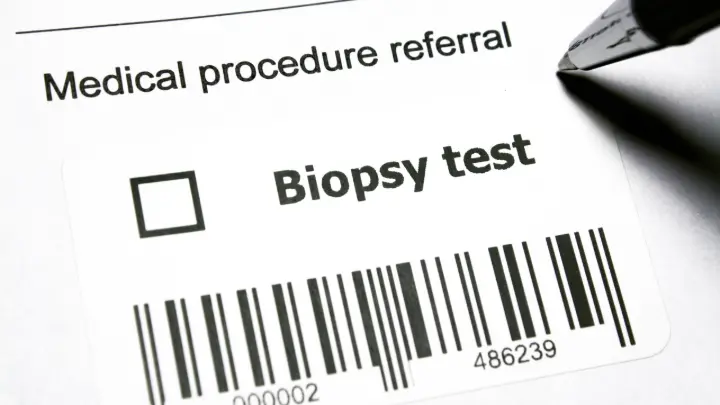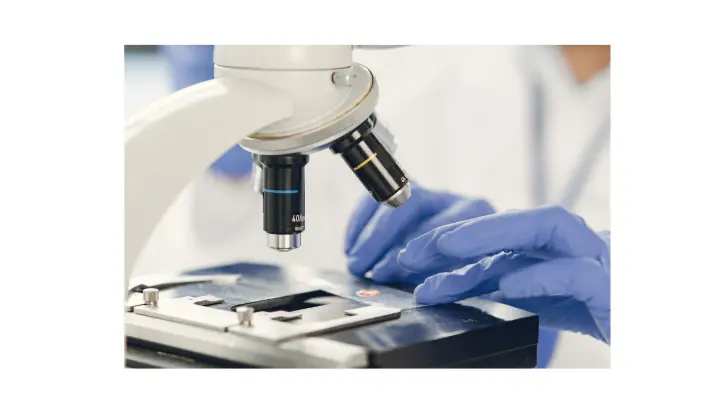Introduction
Molecular diagnostics is rapidly transforming healthcare and biomedical research. By detecting DNA, RNA, and other molecular markers, these technologies provide fast, accurate, and actionable insights for disease detection, treatment guidance, and personalized medicine.
As we move into 2025, several emerging trends are shaping the future of molecular diagnostics. From next-generation sequencing (NGS) to AI-driven analysis, the field is evolving at an unprecedented pace. In this article, we explore key trends in molecular diagnostics that will dominate 2025, helping researchers, clinicians, and biotech innovators stay ahead of the curve.
1. Next-Generation Sequencing (NGS) Will Become Even More Accessible

NGS has revolutionized genomics, enabling high-throughput DNA and RNA sequencing for research and clinical applications. In 2025, NGS will continue to grow:
- Cost reduction: Faster, cheaper sequencing platforms make genomic testing more accessible.
- Clinical integration: Routine use in oncology, infectious disease monitoring, and prenatal screening.
- Expanded panels: Comprehensive tests that combine whole-genome sequencing and targeted panels for precision medicine.
2. AI and Machine Learning Will Transform Data Interpretation

The massive datasets generated by molecular diagnostics require advanced analytics. Artificial intelligence (AI) and machine learning (ML) will play a key role in 2025:
- Pattern recognition: Identifying subtle genetic variants linked to diseases.
- Predictive models: Forecasting disease progression and treatment response.
- Workflow automation: Reducing human error and speeding up analysis.
3. Digital PCR (dPCR) and Highly Sensitive Detection Methods

Digital PCR is gaining attention for its ultra-sensitive detection of low-abundance targets:
- Detecting rare mutations in cancer liquid biopsies.
- Monitoring viral load for infectious diseases.
- Complementing NGS for precise quantitative analysis.
In 2025, dPCR will become more integrated into clinical labs, offering faster turnaround times and higher sensitivity.
4. Liquid Biopsy Will Redefine Non-Invasive Testing

Liquid biopsy allows clinicians to detect circulating tumor DNA (ctDNA), fetal DNA, and pathogen DNA/RNA from blood or other fluids. Key advantages include:
- Non-invasive testing with minimal patient discomfort.
- Early detection of cancer, recurrence monitoring, and treatment assessment.
- Expanding use in prenatal screening and infectious disease surveillance.
5. Point-of-Care Molecular Diagnostics

Point-of-care (POC) molecular testing brings laboratory-grade analysis directly to patients:
- Rapid results for infectious diseases, including influenza, and tuberculosis.
- Portable, user-friendly devices for hospitals, clinics, and remote locations.
- Integration with digital health platforms for real-time monitoring and telemedicine.
6. Integration of Multi-Omics Data

The future of molecular diagnostics is multi-dimensional. Combining genomics, transcriptomics, proteomics, and metabolomics can:
- Reveal complex disease mechanisms.
- Improve precision medicine strategies.
- Enable personalized treatment plans based on comprehensive molecular profiles.
7. Regulatory Advances and Standardization
With technology advancing rapidly, regulatory frameworks are evolving:
- Faster approvals for diagnostic assays.
- Standardized workflows ensuring reproducibility and reliability.
- Greater adoption of ISO-compliant and CLIA-certified platforms.
Conclusion
The future of molecular diagnostics in 2025 is bright and transformative. From next-generation sequencing to AI-driven analysis, digital PCR, liquid biopsy, and point-of-care testing, these trends will shape how we detect diseases, monitor therapy, and personalize medicine. Staying informed about these developments is essential for researchers, clinicians, and biotech innovators seeking to stay at the forefront of healthcare and scientific discovery.